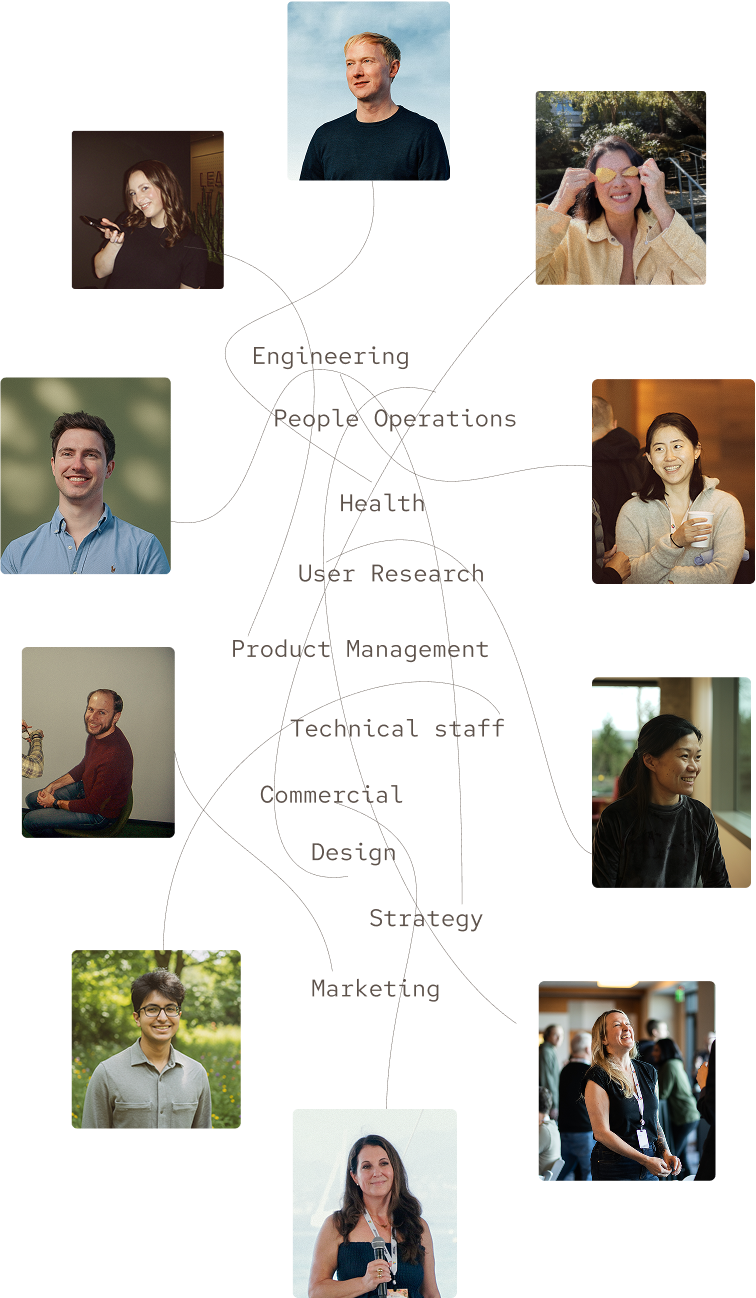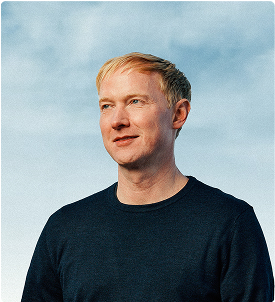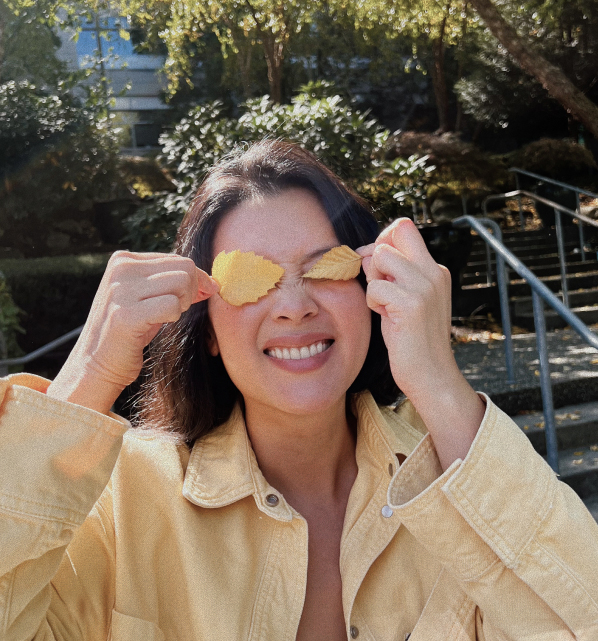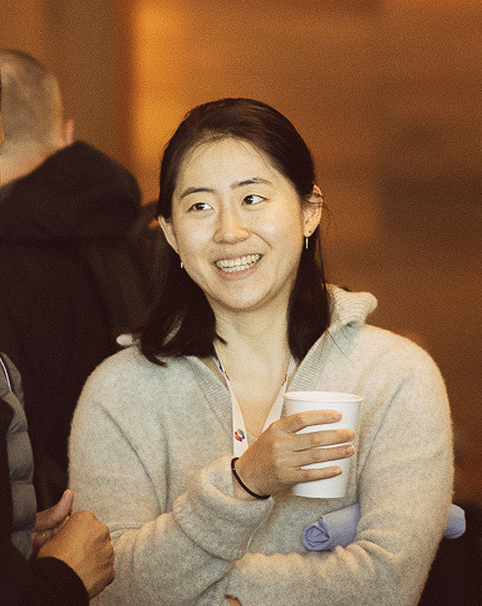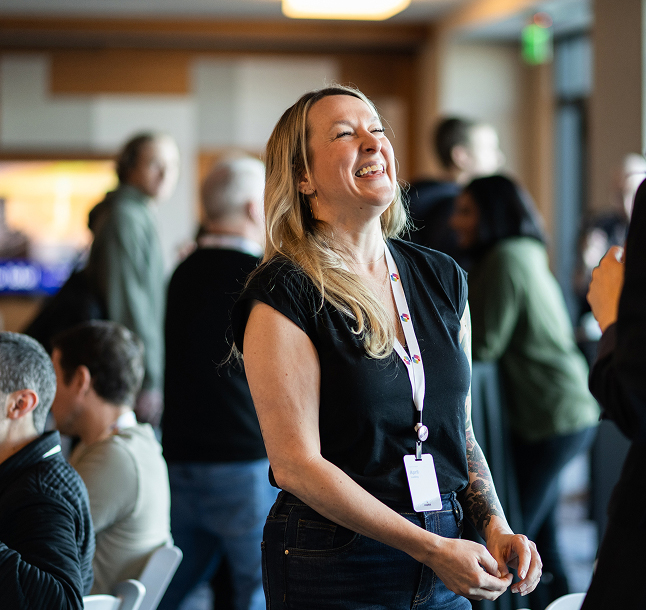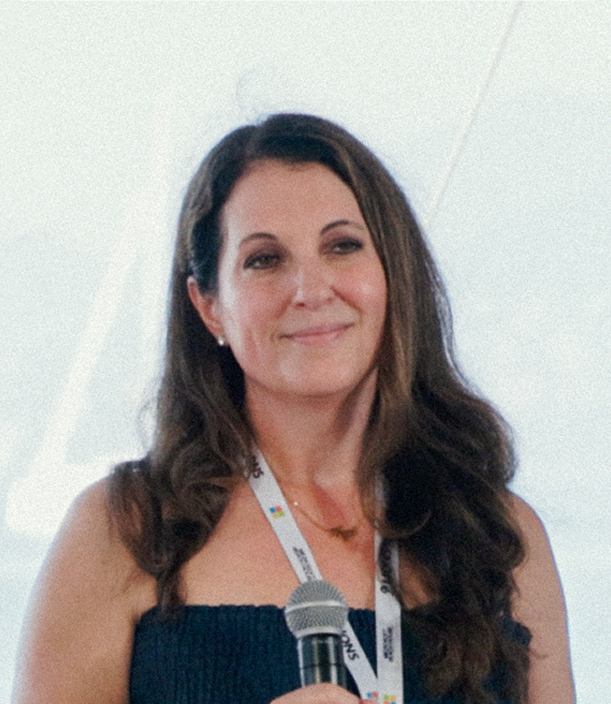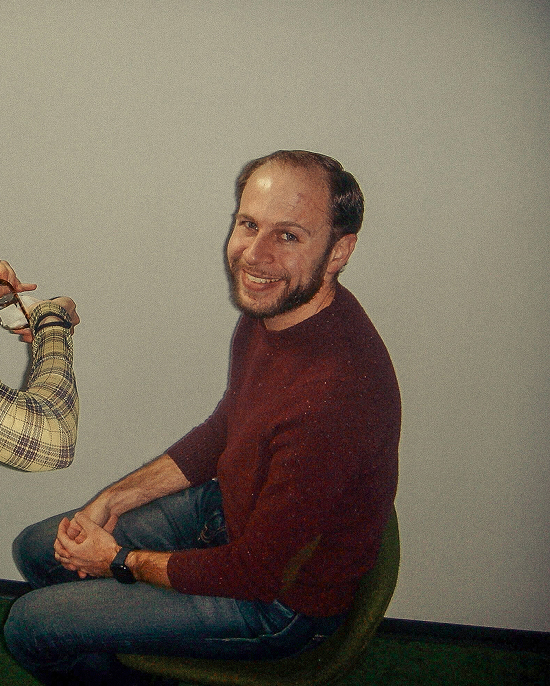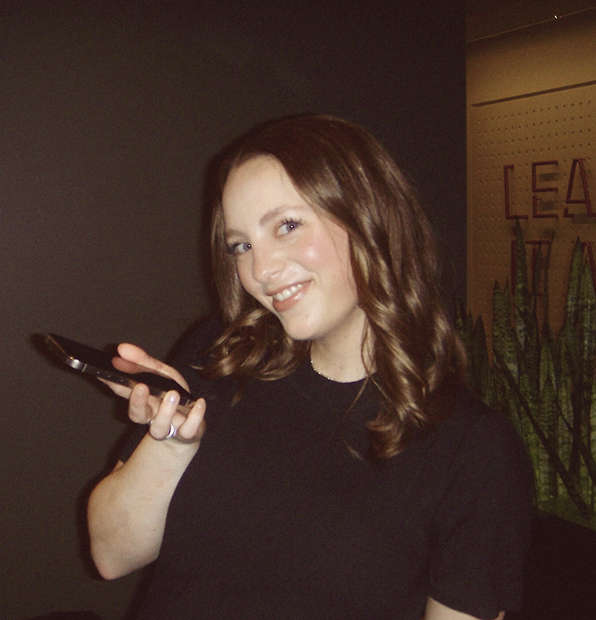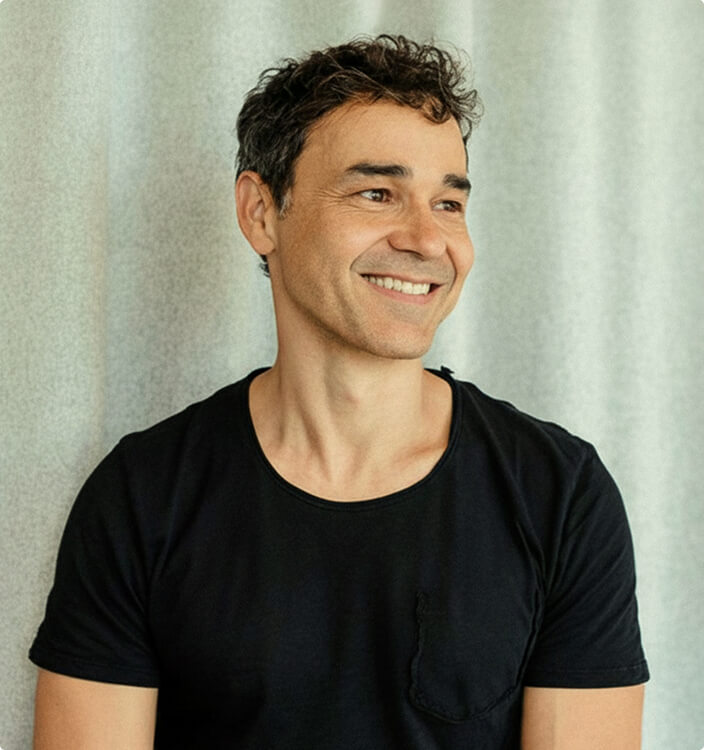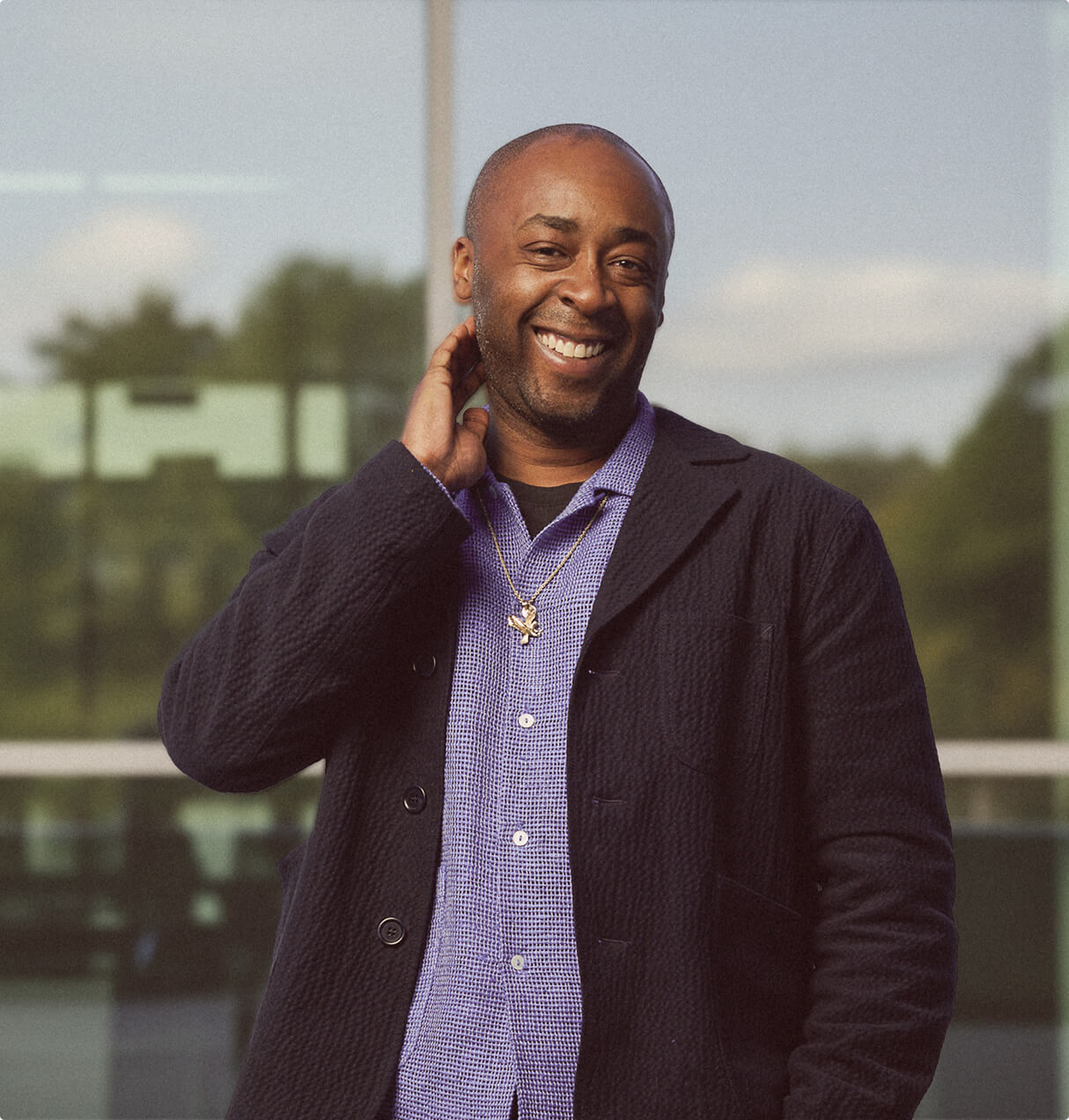We are a 10,000+ global network of creatives and trailblazers — developers, scientists, designers, and storytellers. Interconnected by curiosity and driven by possibility, we explore, experiment, and shape the future together.
We are a 10,000+ global network of creatives and trailblazers — developers, scientists, designers, and storytellers. Interconnected by curiosity and driven by possibility, we explore, experiment, and shape the future together.
Health
Design
Engineering
User Research
People Operations
Commercial
Technical staff
Marketing
Strategy
Product Management
MAI begins with people, not just those we aim to serve, but those doing the work from within. We believe that when we help others flourish, we flourish as well.
MAI begins with people, not just those we aim to serve, but those doing the work from within. We believe that when we help others flourish, we flourish as well.
Life at MAI
Life at MAI
Step inside the everyday moments that shape our people, their work, and world at Microsoft AI.
17 min read
7 min read
10 min read
10 min read



